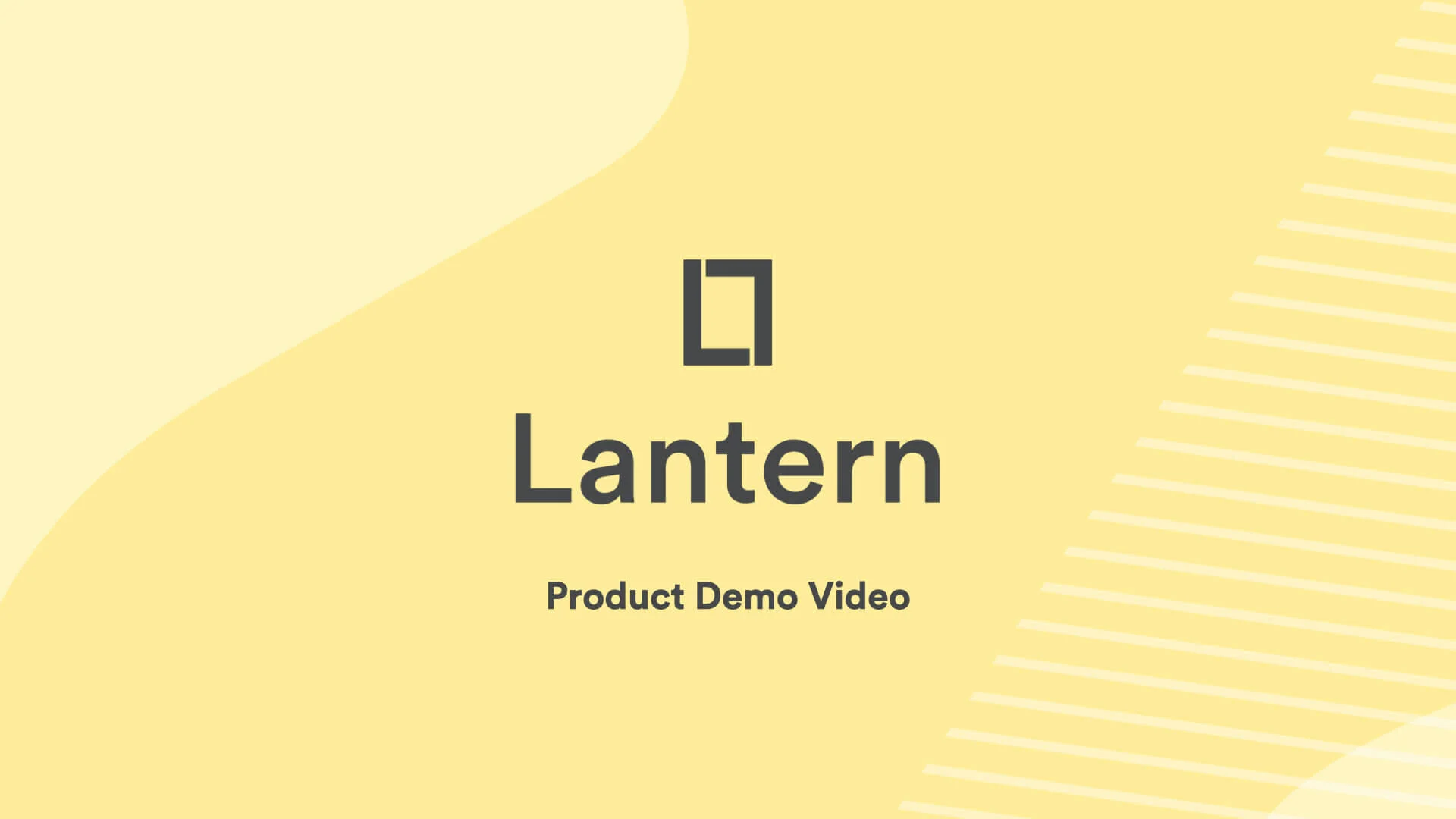Product Design (Spring 2018)
Lantern: Mobile App Concept & Design
Lantern is a [theoretical] app that provides college students and recent graduates with actionable and complete career information, as well as nearby mentors and resources.
Step I: User Research & Initial Planning
Key Takeaways from Our Research
Who is our target audience?
20-somethings like our customer persona, Jane, who majored in sociology at a liberal arts college. She is unhappy in her current position and eager to find a new career, but doesn’t know where to start. You can learn more about Jane here.
What is our problem statement? What problem(s) are our users facing?
Jane needs a way to find a centralized resource providing actionable career information because the current available resources are too broad/confusing. So, how might we provide career information that feels transparent and accessible? Accessible instead of overwhelming Empowering instead of discouraging?
What is our hypothesis?
We believe that by creating a centralized resource for career information and mentor-matching, Lantern users will be able to gain the best understanding of potential careers.
If this app were real, how would we measure success?
We would know our hypothesis were true if the majority of users referred Lantern to a friend, and/or when users report that their next job either matched (or was very close to) the description Lantern provided.
Step II: User Interviews
What We Learned From User Interviews
Every interviewee stressed the value of networking/talking to people. This was interesting because although we saw a wide range of how motivated people were in college, this insight was consistent across the board.
Almost every interviewee felt that resources provided by schools were too limited/unhelpful. The other interviewee had “no expectations” for his college and assumed he would have to seek out the resources on his own.
Every interviewee emphasized the importance of experience. Some even said they didn’t feel pressured to choose a career path during college, as experience was the “only way to find out.”
The jury is out on whether you should pursue your passion. Some interviewees valued pragmatic factors (like salary, stability, etc.) while others prioritized finding a career they were passionate about.
These insights led to our affinity map (see below).
Step III: Understanding the User
Identifying User Goals & Prioritizing Features
Below is our happy path with two logical (but slower) variants. The flow starts with the user on the home screen, and ends with the user starting a chat (our end-goal for the purposes of this project).
Step IV: Wireframing
From handwritten sketches to the final UI, the end-goal for testers (on every prototype) was to connect with a mentor in the UX design field.
Prototype I: Handwritten Sketches
We tested our handwritten sketches (which were pretty underwhelming) in Marvel, and came away with some helpful insights:
Not everything should require a login
Expected sooner sign up/create career profile
Most users wanted to bookmark/save events and mentors and have a visual inventory of bookmarked/saved entries for later reference
Some testers expected to be able to research mentors/events sooner
Testers mentioned they would navigation elements to show where they are in the process
Prototype 2: Moving into Sketch (But still pretty rough)
Nearly all testers said they would rather see the list of mentors before local workshops/networking events
Some testers mentioned they would like a visual confirmation after saving/bookmarking to let them know their action was successful
"Breadcrumb" navigation element felt out of place, as one user said it was "just too desktoppy"
Make it easier to connect
Prototype 3: Improvements to the Wireframe
More helpful insights (from our InVision demonstration to class):
Separate Mentors/Events so that it’s easier to connect with a mentor
Show user flow when a user is already logged in
Build out UI
Show profile page — which features are included?







